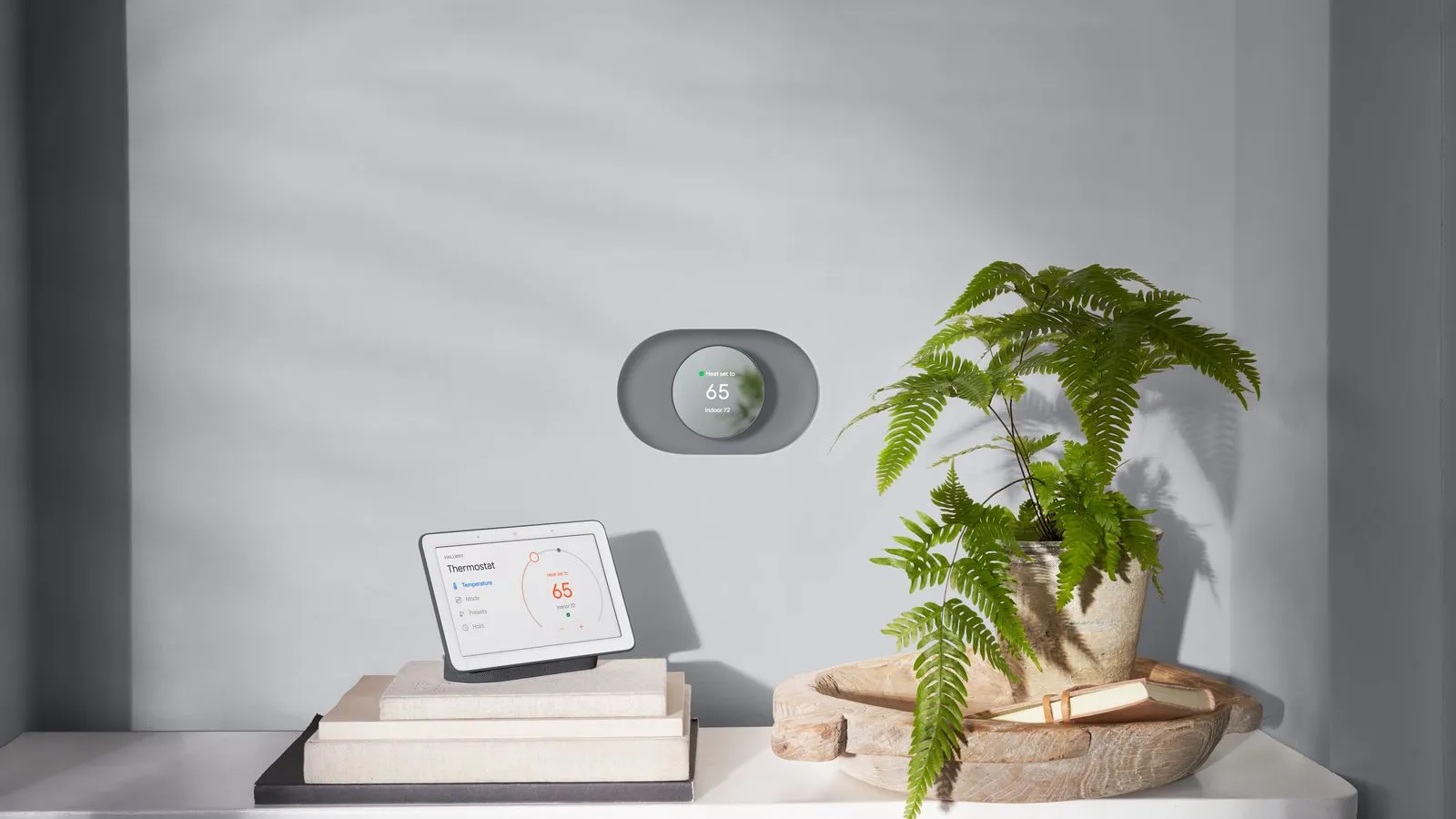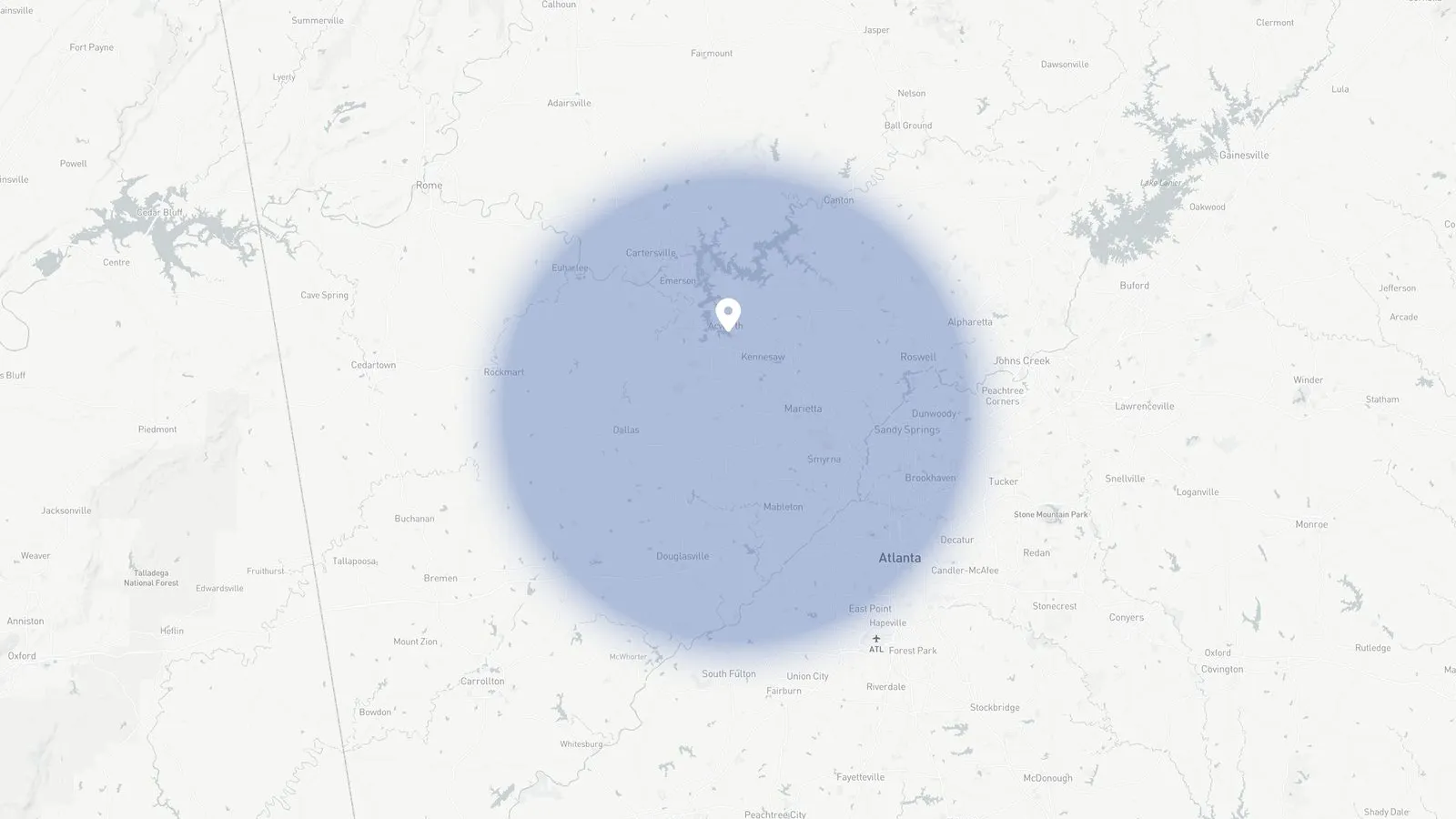
There’s a still fairly common misconception that the air filter that comes standard with a furnace system is in place to protect your indoor air quality. While it certainly doesn’t hurt your indoor air quality, this furnace is primarily in place to protect the interior components of the furnace itself from dirt, dust, and other debris that can get in and harm the sensitive components.
That said, there are more powerful filters you can get if you truly want to have an impact on your indoor air quality, making your home healthier, your air easier to breathe, and even making your furnace more efficient. This is where MERV comes in. MERV stands for Minimum Efficiency Reporting Value, and is used to measure the performance of different types of filters. Read on to learn more!
What Does MERV Indicate?
This rating indicates the size of particles that an air filter is able to capture. MERV ratings range from 1-20, with the highest number being the best at catching small particles. This may lead you to believe that a MERV 20 filter is what you need for your furnace, but not quite! An air filter can actually be too efficient, and therefore restrict airflow, causing your furnace to run longer to try to achieve the desired temperature setting on your thermostat. Here’s a rundown of ratings, what they’re best for, and their typical application:
| MERV | Min. particle size | Typical controlled contaminant | Typical Application |
|---|---|---|---|
| 1–4 | > 10.0 μm | Pollen, dust mites, cockroach debris, sanding dust, spray paint dust, textile fibers, carpet fibers | Residential window AC units |
| 5–8 | 10.0–3.0 μm | Mold, spores, dust mite debris, cat and dog dander, hair spray, fabric protector, dusting aids, pudding mix | Better residential, general commercial, industrial workspaces |
| 9–12 | 3.0–1.0 μm | Legionella, Humidifier dust, Lead dust, Milled flour, Auto emission particulates, Nebulizer droplets | Superior residential, better commercial, hospital laboratories |
| 13–16 | 1.0–0.3 μm | Bacteria, droplet nuclei (sneeze), cooking oil, most smoke, and insecticide dust, most face powder, most paint pigments | hospital & general surgery |
| 17–20 | < 0.3 μm | Virus, carbon dust, sea salt, smoke | Electronics & pharmaceutical manufacturing cleanroom |
So, What MERV Is Best for Your Furnace?
As we alluded to above, generally speaking, the filter with the highest MERV rating will be the most effective and the best to improve indoor air quality, but they can be more than your home needs, and can as a result do more harm than good when it comes to furnace efficiency. If you look at the sheet above, you’ll see that your home would probably most benefit from a MERV filter somewhere between 5-12.
The higher MERV filters are going to be a little costlier, but this is often the best option for Cartersville area homeowners. This is particularly the case if you have excess dust in your home, pet dander, household cleaning fumes, and even cigarette smoke.
Please don’t hesitate to reach out to our team with any questions or concerns you might have!
For quality services such as HVAC repair in Cartersville, you needn’t look any further than Dayco Systems. Contact us today!

